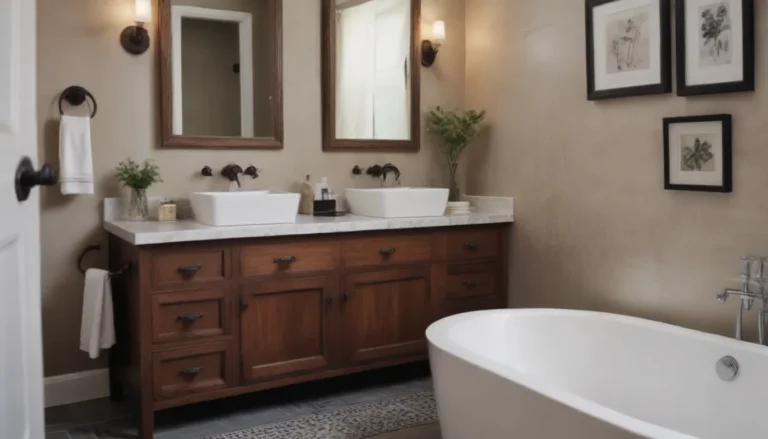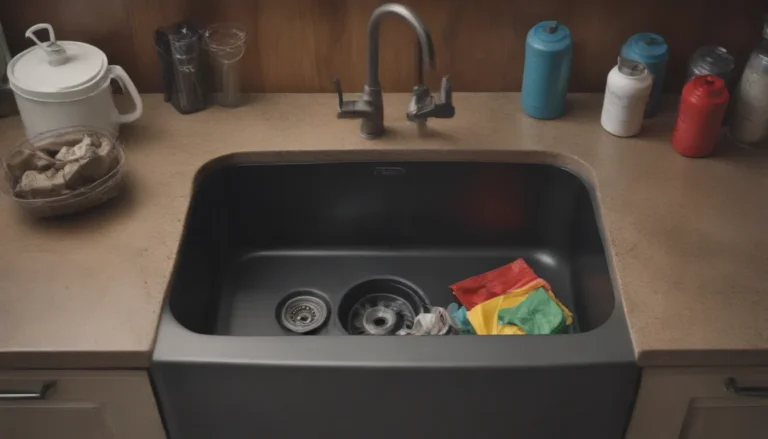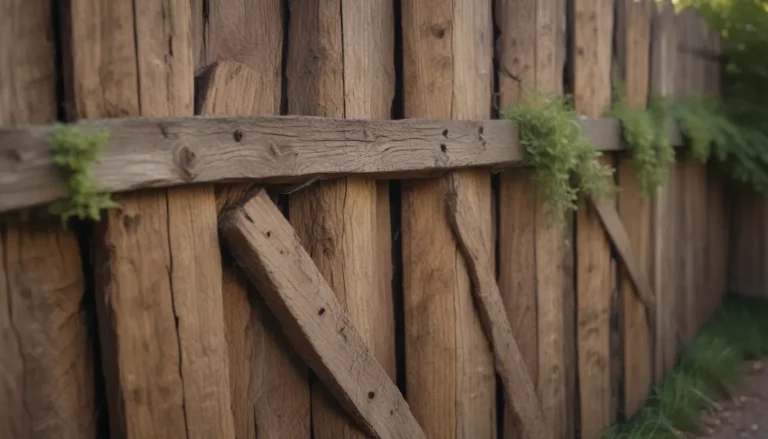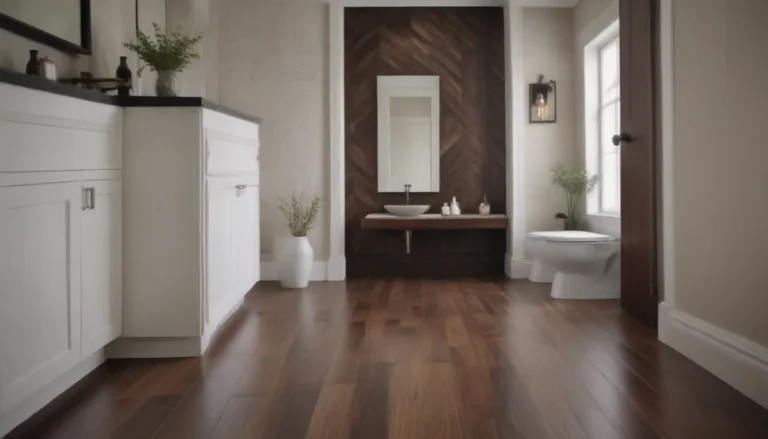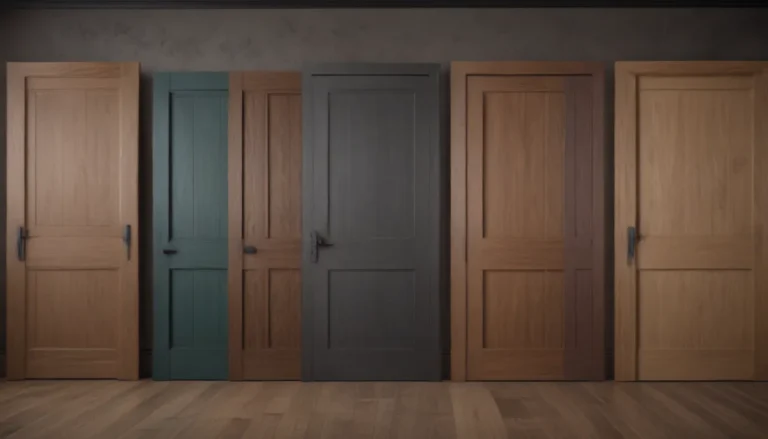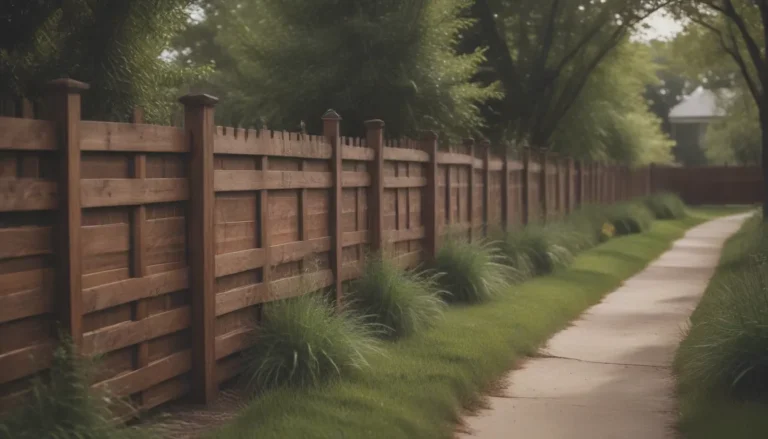Choosing the Right Size Fluorescent Tube for Your Needs
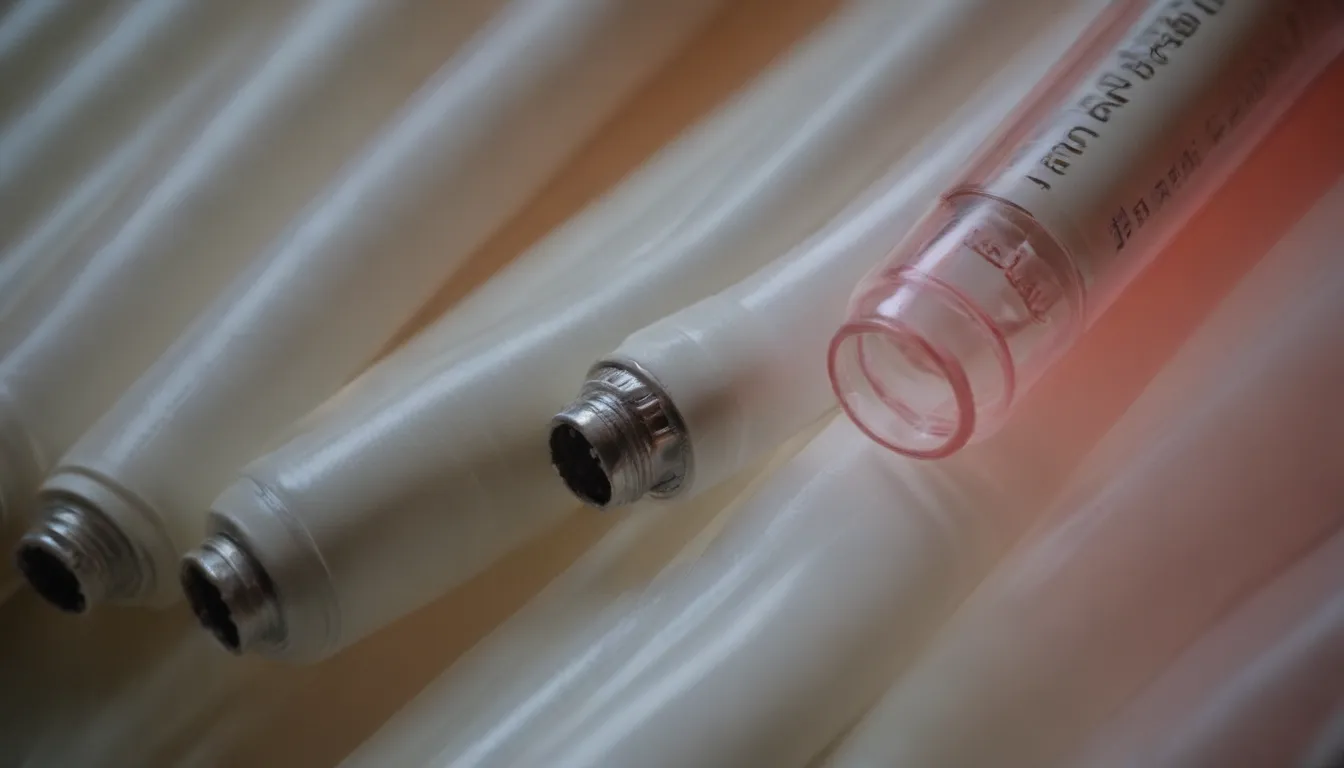
Fluorescent light fixtures have long been a staple in many homes, providing bright and efficient lighting in a variety of settings. While LED bulbs have gained popularity in recent years, traditional fluorescent tubes still have their place, particularly in work areas, garages, and basements. In this article, we will explore the different sizes of fluorescent tubes available and provide you with valuable information to help you choose the right one for your needs.
Understanding Fluorescent Light Tubes
Fluorescent tubes are glass lamps that use fluorescence to produce light. They contain a small amount of mercury and an inert gas, usually argon, at low pressure. The inside of the tube is coated with phosphor powder. When the light fixture is turned on, electrodes ionize the mercury vapor, causing light to be emitted when the ionized atoms strike the phosphor coating. This process is what produces the visible light emitted by fluorescent tubes.
Fluorescent Tubes vs. Fluorescent Bulbs
One of the main differences between fluorescent tubes and bulbs is that fluorescent bulbs contain a small amount of mercury, making disposal more challenging. LED bulbs have become a preferred option due to their cost-effectiveness and long lifespan. Flickering or outdated fluorescent tubes may need to be replaced, and understanding the different sizes available can help you make the right choice.
Types of Fluorescent Lamps
Fluorescent tubes come in five basic types, each identified by a specific code:
- T2: 1/4 inch in diameter
- T5: 5/8 inch in diameter
- T5HO: “High Output” version of T5
- T8: 1 inch in diameter
- T12: 1 1/2 inches in diameter
Each type of fluorescent tube has its own unique characteristics and applications, making it important to understand the differences before making a purchase.
T2 Bulbs
- Best for: Suitable for CFL bulbs that screw into standard 120-volt fixtures and lamps. Also used for table lamps providing task lighting for crafting and sewing.
- Features: Compact size, ideal for standard light fixtures, integrated ballast in screw-in base.
T5 Bulbs
- Best for: Space-saving option for fixtures mounted on lower ceilings or under cabinets.
- Features: Balanced lighting scheme, soft light suitable for various settings, minimal space requirements.
T5HO Bulbs
- Best for: Ideal for rooms with taller ceilings or areas that require more light.
- Features: High output, twice as bright as T5 bulbs, commonly used in warehouses and tall ceiling applications.
T8 Bulbs
- Best for: More expensive but faster starting option, suitable for all temperatures.
- Features: Excellent starting performance, different types of ballasts for varying needs, ideal for cold temperatures.
T12 Bulbs
- Best for: Larger, less efficient option suitable for warm-weather applications.
- Features: Bulky design, requires higher temperatures to start and operate properly, less commonly used in residential settings.
How to Choose the Right Fluorescent Tube
When selecting a fluorescent tube, there are several factors to consider to ensure it matches the specifications of your light fixture:
- Bulb wattage: Ensure the wattage of the tube matches the fixture’s requirements.
- Light output (Lumens): Consider the brightness level needed for your space.
- Color rendering index (CRI): Choose a tube with a high CRI for accurate color representation.
- Correlated color temperature (CCT): Select the appropriate color temperature for your setting.
- Shape: Ensure the tube’s shape fits the fixture properly.
- Base type: Match the base type of the tube to the fixture for a secure fit.
In some cases, you may opt to replace fluorescent tubes with LED bulbs for increased efficiency and cost savings. However, not all tubes can be directly replaced, especially if they require specific ballasts. LED tubes designed to retrofit linear fluorescent lamps may be a suitable alternative in these instances.
The Future of Fluorescent Lighting
As LED technology continues to evolve and become more accessible, states and regulatory bodies are phasing out fluorescent bulbs in favor of LEDs. By 2025, fluorescent bulbs may no longer be available for purchase in some regions. LED lights offer comparable brightness to fluorescent tubes but are more cost-efficient in the long run.
In conclusion, understanding the different sizes and types of fluorescent tubes available can help you make an informed decision when selecting the right lighting solution for your space. Whether you choose a T2, T5, T5HO, T8, or T12 bulb, consider factors such as brightness, efficiency, and compatibility with your existing fixtures. By staying informed and adapting to new technologies, you can ensure efficient and effective lighting in your home or workspace.
